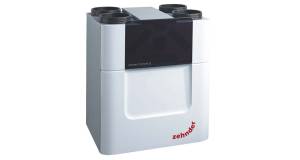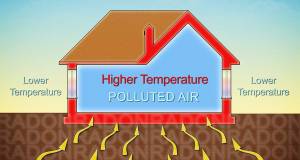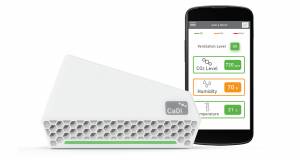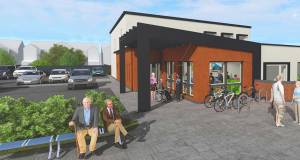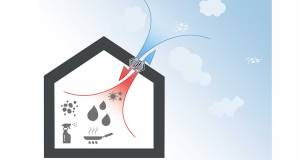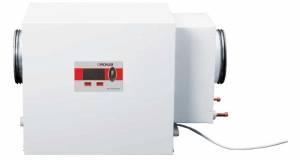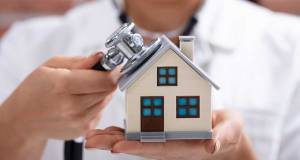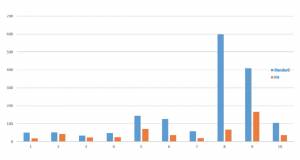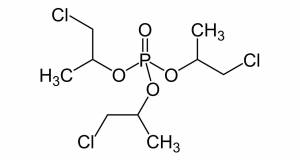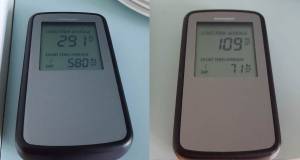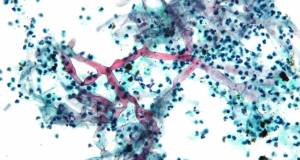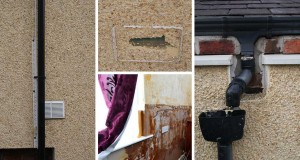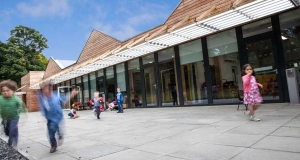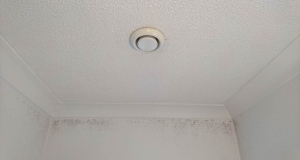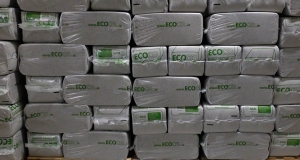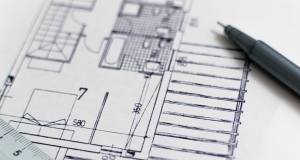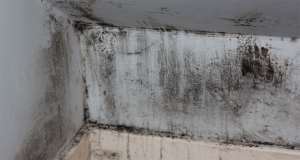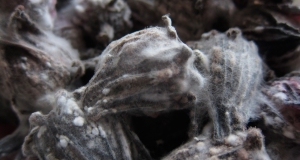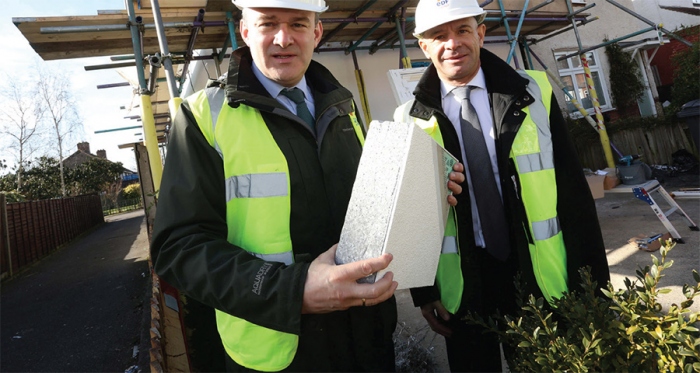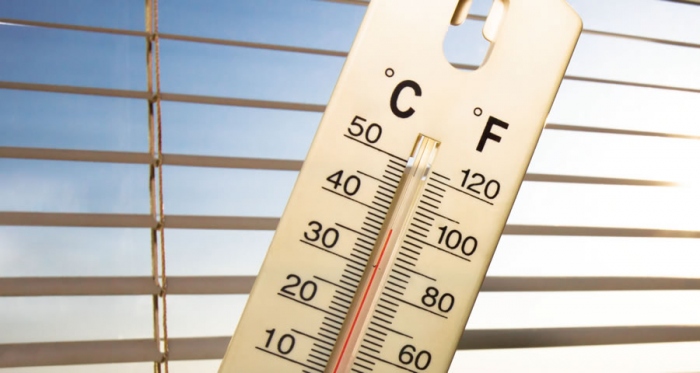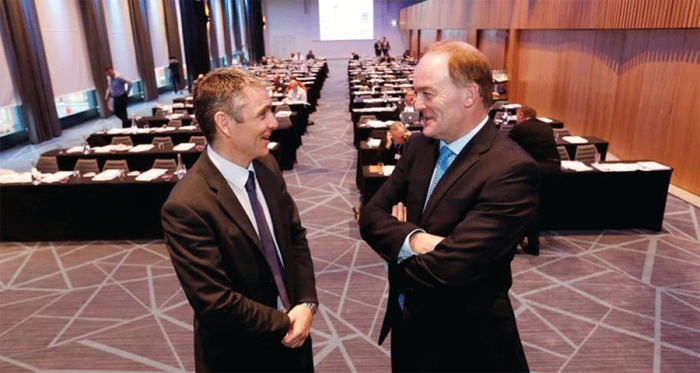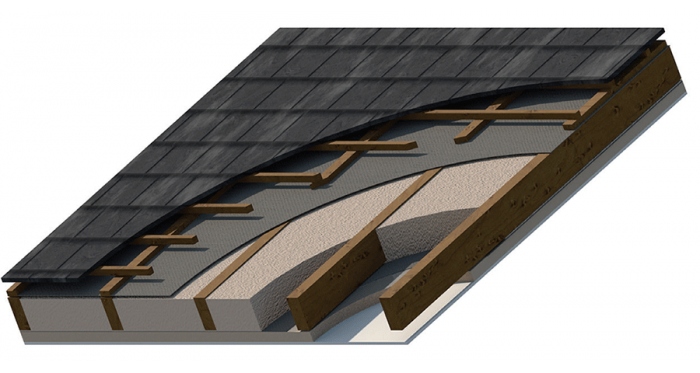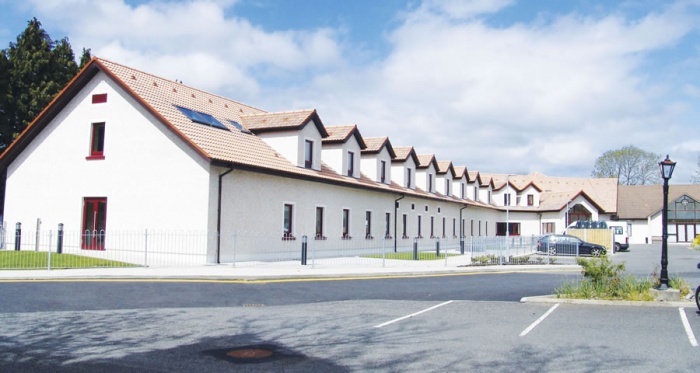Health - passivehouseplus.ie
Awaab Ishak’s death shows that building physics are a life and death matter
Advances in building physics in recent years are leading to an ever-increasing understanding among experts of the risks that a litany of pollutants can pose to building occupants. But this has not stopped vulnerable people from living – and dying - in substandard buildings that exacerbate these risks. Urgent action is needed, Toby Cambray explains, to better communicate and decisively tackle the risks buildings can pose to their occupants.
World’s first passive house hospital completed in Frankfurt
The world’s first passive house hospital has been certified by the Passive House Institute – showing that the standard can be applied to even to the most demanding building types.
Poorly ventilated retrofits can double radon retrofit risk, study finds
Residential retrofits must ensure ventilation is carefully considered in order to avoid an increase in radon gas levels, researchers at NUI Galway in Ireland have found.
Radon in passive houses
Radon is one of the most dangerous indoor air pollutants, yet there is little research on how it is affected by different forms of construction and ventilation. A new study, however, suggests that homes built to the passive house standard are significantly less at risk of radon build-up.
NuWave Sensors launches CO2 monitor for schools
NuWave Sensors, developers of smart air quality sensors designed to continuously monitor airborne contaminants in industrial and commercial environments, has unveiled a new carbon dioxide sensor that allows schools to help prevent the spread of Covid-19, while also avoiding energy waste.
NHS to get its first passive building
The NHS has given the go ahead for its first passive house building. The new Foleshill health centre in Coventry is designed by Tooley & Foster Partnership. Patients and doctors at Foleshill are currently using a temporary building situated in a carpark.
New report questions long-held MVHR assumptions
A new report by the Passivhaus Trust has questioned the common assumption that mechanical ventilation with heat recovery (MVHR) is inappropriate in dwellings with air permeability worse than 3 m3/m2/hour.
Humidification can help prevent infection — VentHeat
Irish heating and ventilation supplier VentHeat has launched two new humidification systems to the Irish market, both of which are designed to help stop the spread of bacteria and viruses within buildings.
Doctor's orders - The complex relationship between energy retrofits and human health
There is no shortage of anecdotal evidence that home energy retrofits, done well, can improve the health of those who receive them — and equally there are horror stories about shoddy upgrades causing damp, mould and illness. But what does the evidence say about how energy upgrades effect occupant health, and what lessons can be learned for the future of how we renovate our homes? Kate de Selincourt reports.
Passive homes may have lower radon levels — study
Initial findings into radon levels in 75 certified passive house buildings in Ireland and the UK shows that there is a 60% reduction when compared against the Irish national average.
New research raises spray foam health questions
New studies are seeking to answer questions about how spray foam insulation, and materials containing formaldehyde, affect indoor air quality —and some of the early results are worrying.
Future proof: designing buildings that withstand climate change
Over the past year cold snaps, heat waves and severe storms have all brought the reality of the climate crisis home to the UK and Ireland. But with the climate changing in fast and uncertain ways, how can we construct buildings that will remain resilient — and keep their occupants healthy and comfortable — long into the future?
Government failing to act on radon in rented houses
Consultation on rental standards also criticised.
Better housing means fewer A&E admissions, study finds
Dampness reduction via better ventilation seen to be key
The prebiotic passive house
As understanding grows of the importance to human health of good bacteria in our environment, and new hospitals in the US start to undergo ‘prebiotic’ treatment, Dr Peter Rickaby asks how long it will be before microbiology becomes a core part of building design.
Disastrous Preston retrofit scheme remains unresolved
A disastrous failed external insulation contract run under a government energy saving scheme has affected up to 390 homes in Preston with water penetration, mould and damp.
Active learning at Aberdeen passive nursery
A brand new passive-certified nursery at the University of Aberdeen provides the children of staff and students with a bright, warm and healthy space for learning and playing.
New build homes face emerging ventilation crisis
Despite increasing standards of insulation and airtightness, housing developers face few requirements to provide better ventilation and indoor air quality for new home buyers — beyond knocking extra holes in walls. But as reports of condensation and mould affecting new housing developments continue to surface in both the UK and Ireland, and research indicates many new homes may have poor indoor air quality, are developers finally waking up to the need for properly engineered ventilation systems?
Ecocel factory tours to raise awareness of healthy, natural insulation
Award winning Cork-based insulation manufacturer Ecocel will shortly open its doors for a series of factory tours, with the aim of increasing awareness of the importance of eco-friendly, healthy insulation.
Architectural education must focus on occupant well-being — UCD lecturer
The co-ordinator of a sustainability focused architectural masters programme in University College Dublin believes that education in building design needs to focus more on the health and well-being of building occupants, as well as the numbers-driven approach of energy efficiency and resource conservation.
Indoor air concerns about government’s healthy upgrade scheme
Questions have been raised about ventilation standards under the government’s new Warmth & Wellbeing scheme, which provides free energy efficiency upgrades to people over the age of 55 living in Dublin 12 and 24, who experience energy poverty and are also suffering from respiratory conditions.
How to prevent condensation & mould
In this first instalment of his brand new ‘Help Desk’ feature, architect and passive house designer Simon McGuinness of Dublin Institute of Technology invites questions on all aspects of passive house, retrofit and low energy building.
Look after the health of your building by making it airtight
The primary reason for requiring airtightness in buildings has nothing to do with energy efficiency or occupant comfort, writes Helen Brown, head of building physics at Encraft — it's for the protection of the building fabric.
Government decision to cut energy company obligation “scandalous”
The Association for the Conservation of Energy (Ace) has described as “scandalous” the Chancellor’s announcement of a 42% cut in the help available to households living in “dangerously” cold homes.
Overheating - a growing threat that mustn't be ignored
As the climates gets warmer, overheating in buildings is likely to get worse — particularly given the modern architectural preference for huge expanses of unshaded glass. But what really causes overheating, is it really worse in low energy buildings, how do passive houses fare, and what can be done to prevent it?
National construction conference points way forward for industry
Heat Merchants and HomeBond co-hosted the National Construction Industry Conference last November in Croke Park’s Conference Centre to review key issues and deliver insights to over 210 architects, engineers, planners and developers. The topics centred around key issues which will influence the future of the construction industry in Ireland, including liability, health & safety plus the implications of recent and upcoming additions to various sections of the building regulations.
Icynene secures BBA certification
Icynene Classic, the open-celled soft, flexible, breathable foam insulation, familiar to thousands of residential installers around the country, has just secured BBA certification for applications directly to the underside of breathable and non-breathable roof membranes and felt – without the need for either a vent card or a double batten system.
Certified passive nursing home extension breaks new ground
As Passive House Plus goes to press confirmation has come through that an extension to a nursing home in Celbridge, Co Kildare, has become the first healthcare building – and the first extension of any kind – to become certified passive.
Botched Finglas upgrade

Ron and Collette Wardle started suffering ill health almost immediately after a sloppy energy upgrade. But reading a copy of Construct Ireland started a chain of events that led to the couple getting a brand new ventilation system — and seeing a marked improvement in their health.

